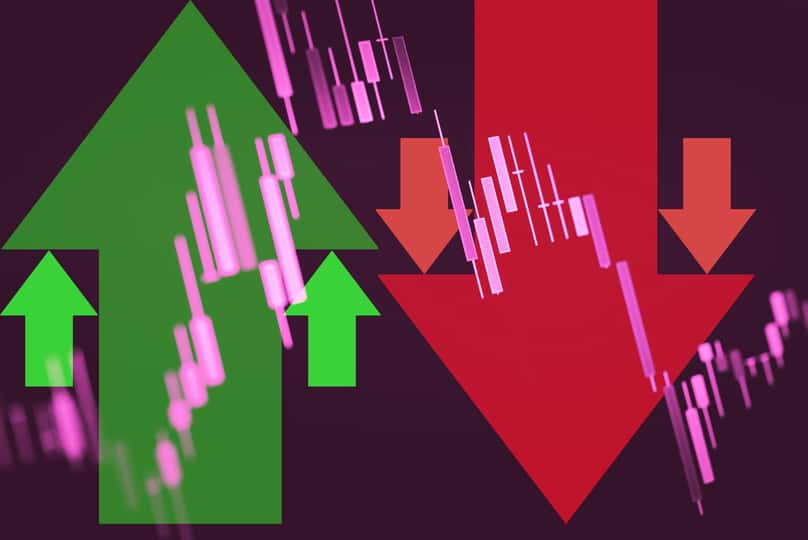This morning’s ISM report came in at 47.8, well below expectations and the third consecutive month of reading below 50, indicating a contraction in economic activity. This is also the lowest reading since June of 2009.
The stock market took a nosedive immediately after the report was released as the precipitous decline in both economic activity and manufacturers outlook reignited fears the U.S. could enter a recession in the next few months.
The bleak reading comes on the heels of continued weakening data from Germany, India and China, alongside a report from the World Trade Organization which expects total global trade to expand by only merchandise 1.2% in 2019; this is down from 3.1% forecast at the beginning of the year.
Economics and business leaders alike blame the trade tariffs on the global slowdown. The United States and China are the world’s two largest economies, collectively comprising 40 percent of the world’s annual output. As they are locked in conflict, every other trading nation is vulnerable to the effects. With the number of tariffs the U.S has placed against China set to increase from $112 billion to $250 billion by mid-October.
For whatever reason, President Trump keeps blaming the Federal Reserve, and its reluctance to match the European Central Bank and Bank of Japan with negative interest rights.
But, the real culprit is that businesses simply can’t commit to investing in factories or purchasing goods needed for production without the clarity of if it will make economic sense or if their supply chains will be disrupted.
The policy uncertainty and the real enforcement of trade restrictions are starting to be felt in other places such as Singapore and Taiwan, which had previously been seen as beneficiaries of businesses exiting China.
Business consumption, as measured by the Production and Employment indexes, has been contracting at faster rates, again primarily driven by a lack of demand, contributing negative numbers.
While the U.S employment and consumer spending remain robust, there are signs they both could be weakening.
Last month, the consumer confidence index took an unexpected dip and while current conditions portions remain optimistic the future outlook dropped to the lowest level in 3 years.
If businesses keep reigning in spending, this could hamper job creation as firms employ fewer workers to produce goods and services for export. This, in turn, could negatively impact consumer spending creating a downward spiral leading the economy into a recession.
SPY shares were trading at $294.01 per share on Tuesday afternoon, down $2.76 (-0.93%). Year-to-date, SPY has gained 19.28%, versus a 19.28% rise in the benchmark S&P 500 index during the same period.
About the Author: Option Sensei

Steve has more than 30 years of investment experience with an expertise in options trading. He’s written for TheStreet.com, Minyanville and currently for Option Sensei. Learn more about Steve’s background, along with links to his most recent articles. More...
More Resources for the Stocks in this Article
| Ticker | POWR Rating | Industry Rank | Rank in Industry |
| SPY | Get Rating | Get Rating | Get Rating |






